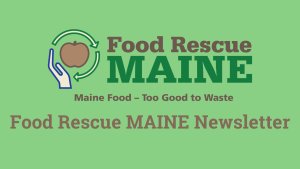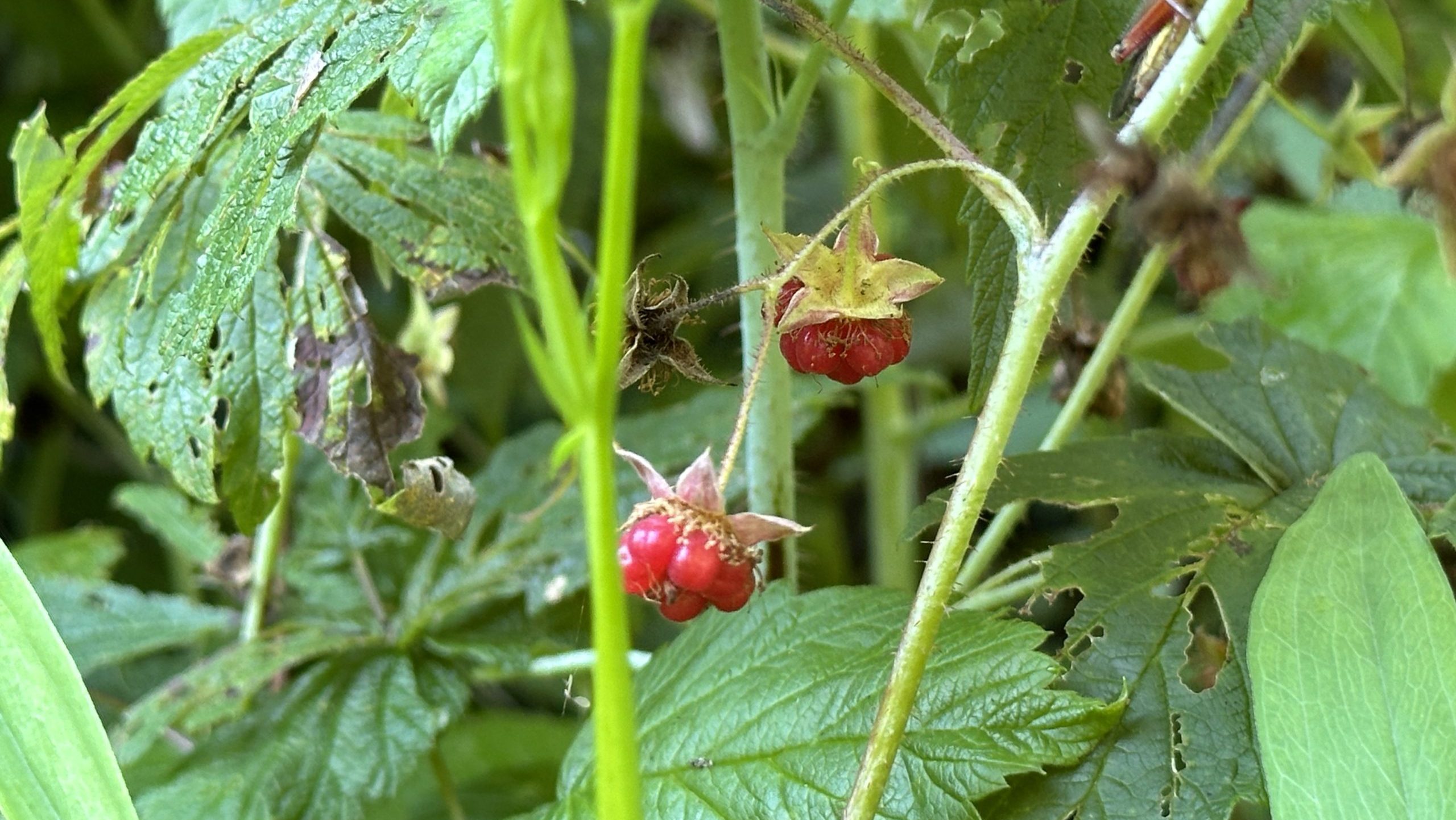
Brown bananas and mushy raspberries – ripe for “upcycling”!
Bananas, am I right? Seriously, they turn from green to brown in the blink of an eye. And berries go from firm and tasty to sad and mushy even faster! Neither can be eaten and enjoyed as I originally intended, but are they really “bad” and ready to be tossed?
Lately, my mom has been doing something odd with these wayward bananas. She’s been putting them in a ziploc bag to freeze. I thought she was being too optimistic. If we weren’t going to eat these fresh but “past their prime” bananas at room temperature, we certainly weren’t going to eat them frozen. But this was not my mom’s plan. She wanted us to pull them out and use them in smoothies.
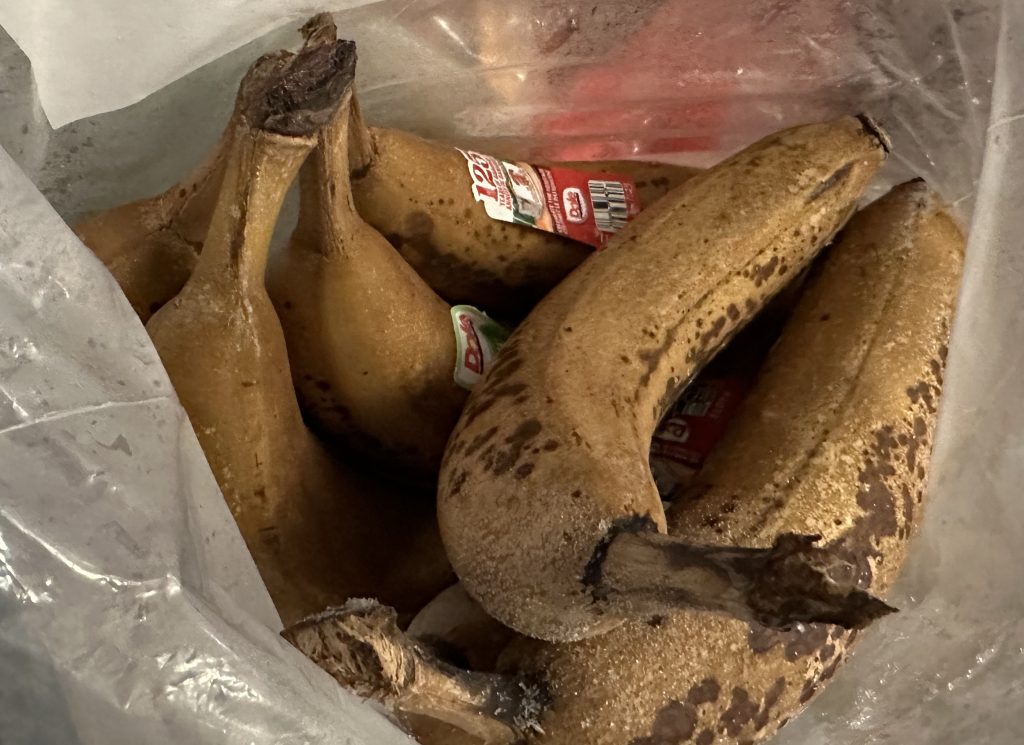
As for the raspberries…lately I’ve been inspired to throw the less-than-perfect ones into my smoothies as well. Since becoming a food rescue intern, I have learned two very important things: these frozen fruit smoothies are delicious, and there’s a word that describes my (and my mom’s) process – upcycling.
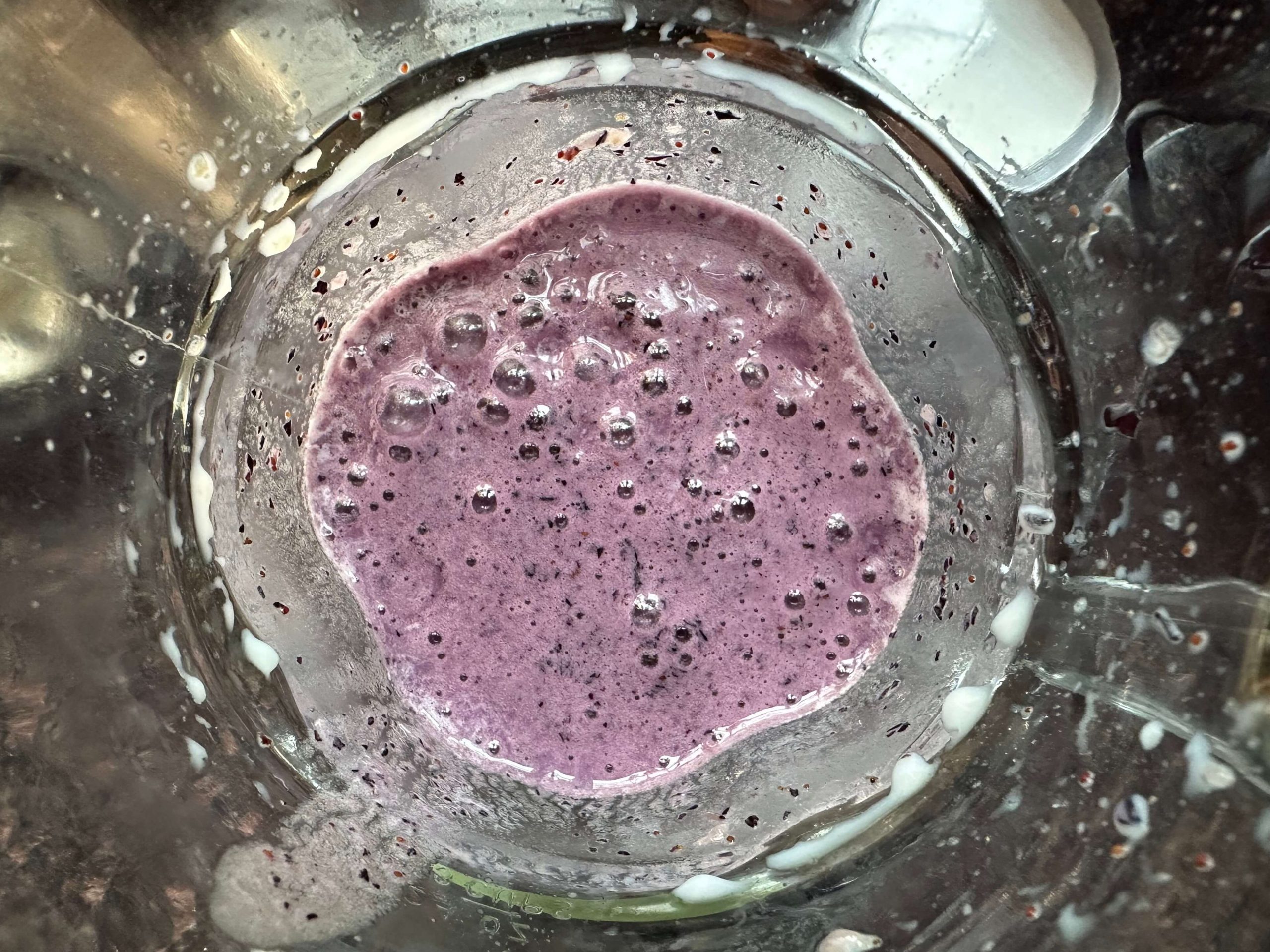
I imagine we’re all familiar with recycling. How many times have we seen that triangular symbol on some product or signage? If you take your used glass bottles and metal cans to the right place, the materials can be recycled to make something new. But what about our new term – upcycling? Instead of recycling, which involves breaking things down into raw materials and rebuilding them into something new, upcycling is about repurposing items into something even better. In the context of food, upcycling is basically a new term (officially defined in 2020) for an old practice. People have upcycled for generations: using old raspberries for jam, brown bananas for banana bread, mushy avocados for guacamole, etc. When something good is no longer fit for its current use, it may be perfect for a new use.
Here’s an official definition from the Upcycled Food Association workgroup composed of representatives from Harvard, Drexel, the World Wildlife Fund, ReFED, and the Natural Resources Defense Council:
“Upcycled foods…use ingredients that otherwise would not have gone to human consumption, are procured and produced using verifiable supply chains, and have a positive impact on the environment.”
The Upcycled Food Association broke down this definition into five requirements. Upcycled food:
- Must be made from ingredients that otherwise would have gone to a landfill, composting, or animal feed
- Must turn the ingredients into an even better product
- Must be a new product intended for humans to eat
- Must have a transparent supply chain
- Must have upcycled ingredients indicated on the label
This definition is helpful because companies are becoming increasingly interested in upcycling. They’re doing what we do at home (but at a much larger scale). These efforts are important because edible food is often wasted when it is seen as unappealing in its current form. But upcycling is not about pinching your noise and eating food that you don’t want. It’s about turning these ingredients into something delicious. Fruits and vegetables that don’t look perfect are often rejected by retailers or left on the trees or in the field to rot. But with upcycling, that “ugly food” could be made into delicious sauces, jams, or frozen meals. For a new upcycling company here in Maine, check out Harvest Maine (website).
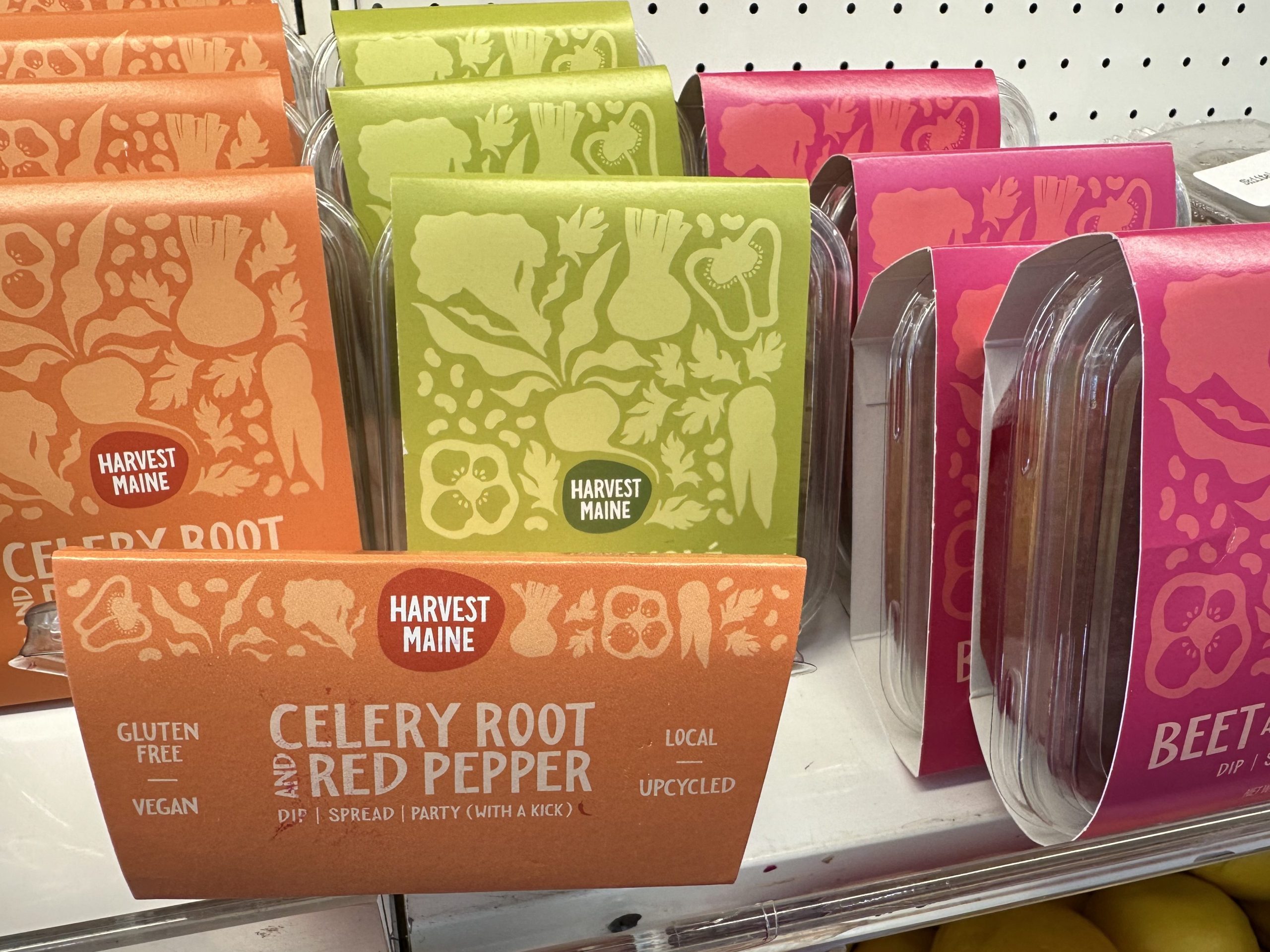
I was excited to learn about upcycling because it means my frozen banana and raspberry smoothies are part of an important new movement. This is a term that policymakers can use to legislate better solutions to end food waste and to feed more people. Instead of composting legislation to manage food surplus that is no longer edible, upcycling legislation could allow the government to ensure that less-than-perfect food surplus goes to its highest and best use – feeding people (see fruit scraps to 100% fruit bar example).
Upcycling is an exciting pathway to address the food we waste every day. It has already helped me reduce my food waste and eat better – keep those smoothies coming!
And always remember… Maine food is too good to waste.
–Kathryn B., Mitchell Center Student Intern
I’m a tea-drinking knitter and reader who loves nothing more than a book and a crackling fire on a snowy winter day. In the summer, you can find me hiking or swimming.
Citations
About Upcycled Food. (n.d.). Upcycled Food Association. https://www.upcycledfood.org/upcycled-food
Holcomb, R., & Bellmer, D. (2021, June 22). Could “Upcycling” Turn Food Waste Into Your Next Meal? EcoWatch; EcoWatch. https://www.ecowatch.com/upcycled-food-waste-ingredients-2653490146.html
Wright, J. (2021). 5 Ways USDA Science Reduces Food Waste. Www.usda.gov. https://www.usda.gov/media/blog/2021/04/28/5-ways-usda-science-reduces-food-waste

